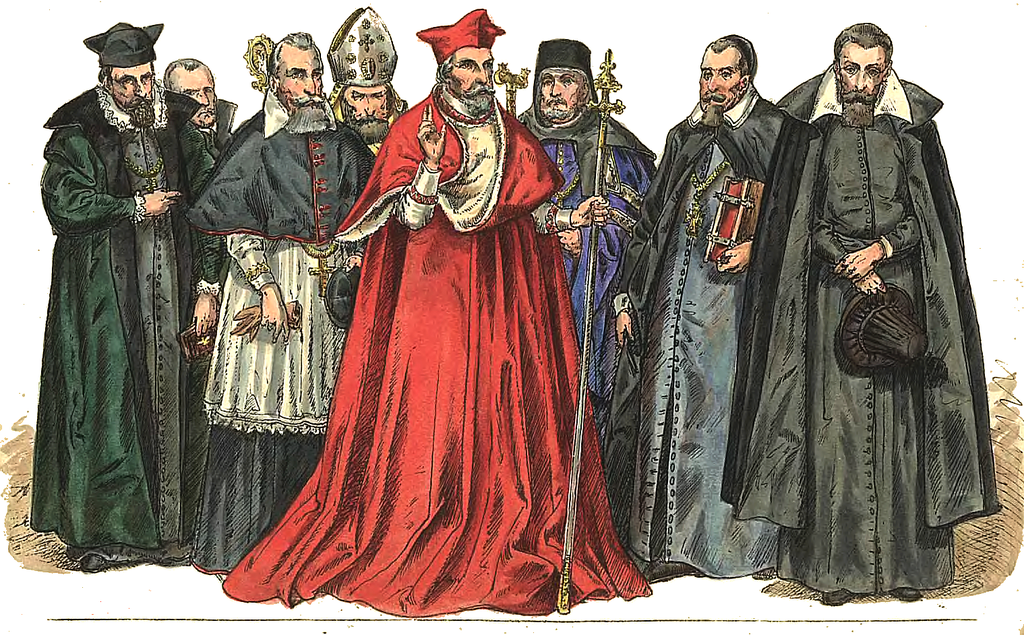Booklet: Nathan Söderblom (1866-1931) (Sweden 1966)
Nathan Söderblom (1866-1931) (Sweden 1966)
15 January (Sweden ) within release Nathan Söderblom (1866-1931) goes into circulation Booklet Nathan Söderblom (1866-1931) face value 6 Swedish krona
| Booklet Nathan Söderblom (1866-1931) in catalogues | |
|---|---|
| Facit: | Fac: SE H175 O |
Booklet is square format.
10*0,60 inverted mounting (selvedge at the bottom or to the right) Issue both R+O 233 250Booklet Nathan Söderblom (1866-1931) it reflects the thematic directions:
A bishop is an ordained member of the clergy who is entrusted with a position of authority and oversight in a religious institution. In Christianity, bishops are normally responsible for the governance and administration of dioceses. The role or office of the bishop is called episcopacy or the episcopate. Organisationally, several Christian denominations utilise ecclesiastical structures that call for the position of bishops, while other denominations have dispensed with this office, seeing it as a symbol of power. Bishops have also exercised political authority within their dioceses.
Clergy are formal leaders within established religions. Their roles and functions vary in different religious traditions, but usually involve presiding over specific rituals and teaching their religion's doctrines and practices. Some of the terms used for individual clergy are clergyman, clergywoman, clergyperson, churchman, cleric, ecclesiastic, and vicegerent while clerk in holy orders has a long history but is rarely used
A coat of arms is an heraldic visual design on an escutcheon (i.e. shield), surcoat, or tabard. The coat of arms on an escutcheon forms the central element of the full heraldic achievement which in its whole consists of shield, supporters, crest, and motto. A coat of arms is traditionally unique to an individual person, family (except in the United Kingdom), state, organisation or corporation.
Commemorations are a type of religious observance in the many Churches of the Anglican Communion, including the Church of England. They are the least significant type of observance, the others being Principal Feasts, Principal Holy Days, Festivals, and Lesser Festivals. Whereas Principal Feasts must be celebrated, it is not obligatory to observe Commemorations. They are always attached to a calendar date, and are not observed if they fall on a Sunday, in Holy Week, or in Easter Week. In Common Worship Commemorations are not provided with collects or indications of liturgical colour. However, they may be celebrated as Lesser Festivals if local pastoral conditions suggest it.
Famous People refers to the fame and public attention accorded by the mass media to individuals or groups or, occasionally, animals, but is usually applied to the persons or groups of people (celebrity couples, families, etc.) themselves who receive such a status of fame and attention. Celebrity status is often associated with wealth (commonly referred to as fame and fortune), while fame often provides opportunities to make money.
A joint issue is the release of stamps or postal stationery by two or more countries to commemorate the same topic, event or person. Joint issues typically have the same first day of issue and their design is often similar or identical, except for the identification of country and value.A man is an adult male human. Prior to adulthood, a male human is referred to as a boy (a male child or adolescent).







